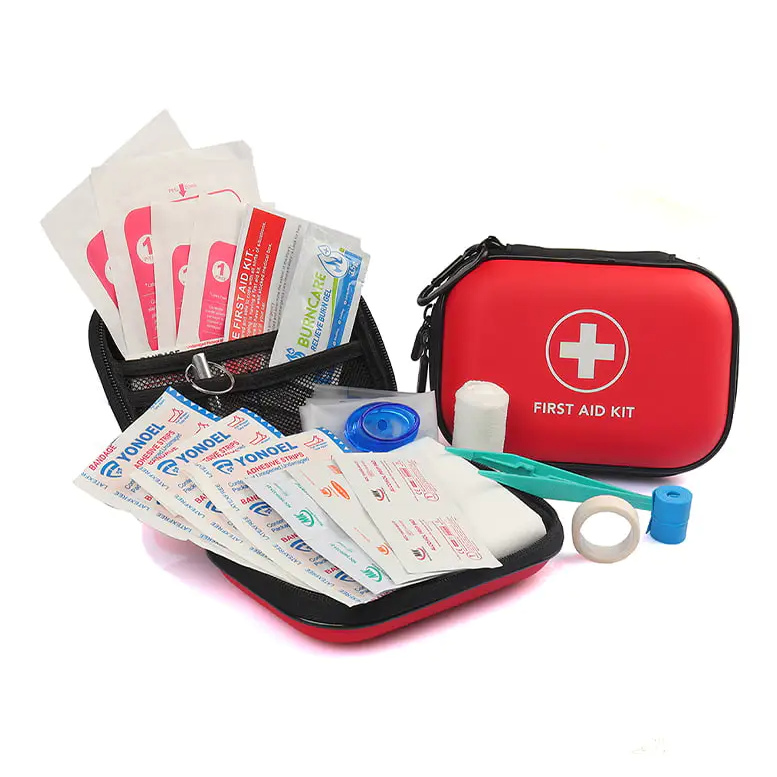Selecting the right first aid bag for your specific needs can be a challenging task, especially with so many options available on the market. The key to choosing the right bag is understanding your intended use and ensuring it has the necessary supplies to handle potential emergencies.
The first consideration when choosing a first aid bag is the size. For those who are looking for a bag to use at home or in the office, a medium-sized first aid bag is typically sufficient. These bags offer enough space for essential supplies like bandages, antiseptics, and over-the-counter medications. However, if you need a first aid bag for outdoor activities such as camping, hiking, or road trips, you may want to choose a larger bag that can accommodate more items, including tools for stabilizing injuries, such as splints or emergency blankets.
Next, consider the contents of the first aid bag. A basic first aid kit should include items to treat minor injuries, such as antiseptic wipes, gauze pads, adhesive bandages, and cotton swabs. You should also check for items that may be useful in more specific scenarios, such as a first aid kit for outdoor sports or one designed to handle allergic reactions. For example, you might want a bag that includes an epinephrine auto-injector for severe allergies or a snakebite kit if you're planning to spend time in areas where venomous snakes are a risk.
For those who travel frequently or participate in outdoor adventures, a well-stocked first aid bag should contain additional items such as a multi-tool, a whistle for signaling help, a flashlight, or a compact emergency survival guide. A travel first aid kit may also contain items like anti-diarrheal medication or oral rehydration salts for handling stomach issues during trips to areas with limited medical care.
Durability is another key factor in choosing a first aid bag. The material of the bag should be tough enough to withstand the wear and tear of daily use, especially if it will be carried outdoors or in harsh environments. Look for bags made from waterproof or water-resistant materials to protect the contents from the elements. A sturdy zipper or clasp is also essential to keep the contents secure, particularly in situations where the bag may be tossed around or exposed to rough conditions.
Organization within the bag is equally important. A well-organized first aid kit helps you quickly find what you need in an emergency. Look for bags that feature multiple compartments or pockets to separate supplies such as bandages, medications, and tools. Some bags also come with color-coded pouches or labels, which can make it easier to identify the right item in a stressful situation.
Lastly, it’s important to regularly check the contents of your first aid bag to ensure that items haven’t expired or been used up. An effective first aid kit is only useful if the supplies inside are intact and accessible when you need them most. Periodically replenish any items that are missing or expired to ensure the kit remains fully stocked.
In conclusion, when choosing a first aid bag, consider factors such as size, contents, durability, and organization. A properly selected first aid kit can help you respond effectively to emergencies and provide the necessary care to manage minor injuries and health concerns. Tailoring your first aid bag to your specific needs and regularly maintaining it will ensure that you're always prepared.
